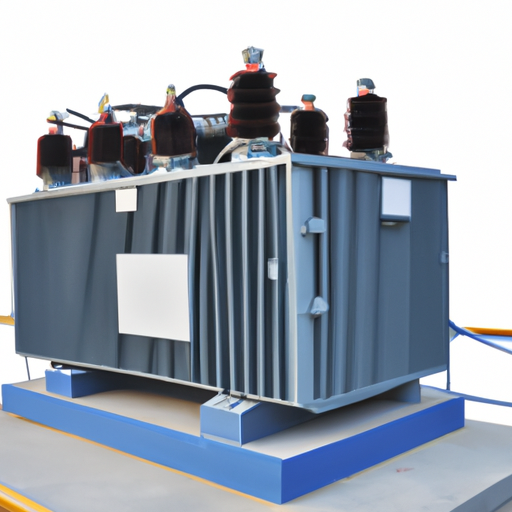Exploring the Pros and Cons of Oil filled transformers vs. Dry type transformers
Oil filled transformers and Dry type transformers are two of the most common types of transformers used in electrical systems. Each type of transformer has its own advantages and disadvantages, and it is important to understand the differences between them in order to make an informed decision when selecting a transformer for a particular application.
The primary difference between Oil filled transformers and Dry type transformers is the type of insulation used. Oil filled transformers use oil as an insulating medium, while Dry type transformers use air or other non-conductive materials.
The primary advantage of Oil filled transformers is their ability to withstand high temperatures. The oil acts as a cooling agent, allowing the transformer to operate at higher temperatures than Dry type transformers. This makes Oil filled transformers ideal for applications that require high power levels or long-term operation. Additionally, Oil filled transformers are more efficient than Dry type transformers, as they are able to transfer more power with less energy loss.
The primary disadvantage of Oil filled transformers is their cost. Oil filled transformers are more expensive than Dry type transformers due to the cost of the oil and the additional maintenance required to keep the oil in good condition. Additionally, Oil filled transformers are more difficult to install and require more space than Dry type transformers.
Dry type transformers are less expensive than Oil filled transformers and are easier to install. They are also more compact, making them ideal for applications where space is limited. However, Dry type transformers are not as efficient as Oil filled transformers and are not able to withstand high temperatures as well.
In conclusion, both Oil filled transformers and Dry type transformers have their own advantages and disadvantages. When selecting a transformer for a particular application, it is important to consider the cost, efficiency, installation requirements, and temperature requirements of each type of transformer in order to make an informed decision.
Comparing the Efficiency and Maintenance Requirements of Oil filled transformers vs. Dry type transformers
When it comes to selecting a transformer for a particular application, two of the most common types are oil-filled transformers and Dry type transformers. Both have their advantages and disadvantages, and it is important to understand the differences between them in order to make an informed decision.
In terms of efficiency, oil-filled transformers are generally more efficient than Dry type transformers. This is because the oil in the transformer acts as an insulator, reducing the amount of energy lost in the form of heat. Additionally, the oil helps to keep the transformer cool, which further increases its efficiency.
When it comes to maintenance requirements, oil-filled transformers require more maintenance than Dry type transformers. This is because the oil needs to be regularly checked and replaced, and the transformer must be inspected for any signs of damage or wear. Additionally, the transformer must be regularly tested to ensure that it is operating correctly.
Overall, oil-filled transformers are more efficient than Dry type transformers, but they require more maintenance. It is important to consider both the efficiency and maintenance requirements when selecting a transformer for a particular application.


